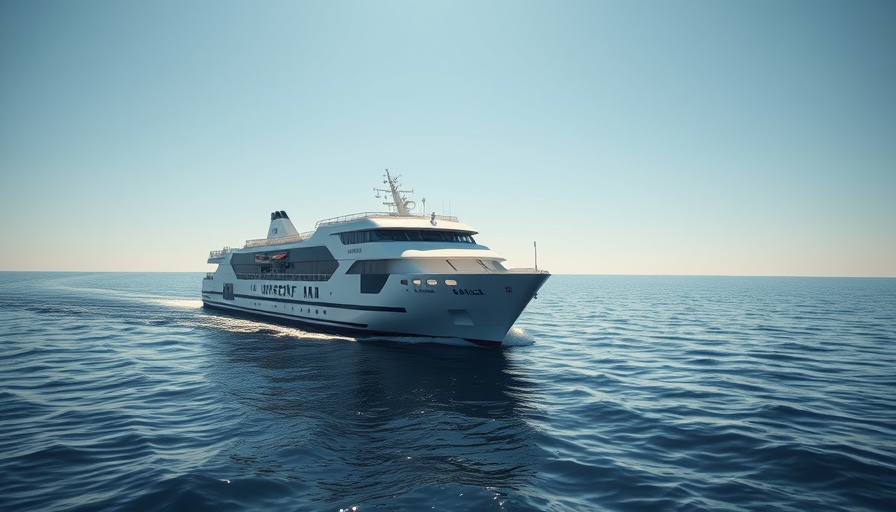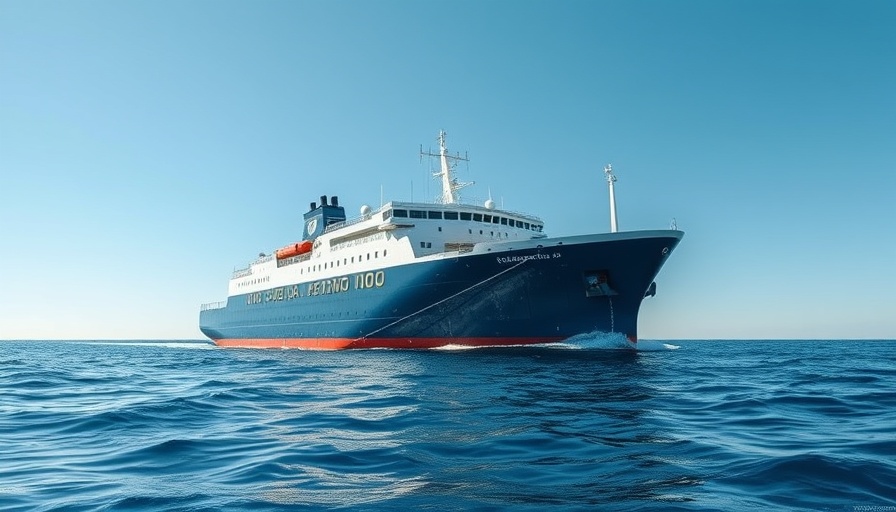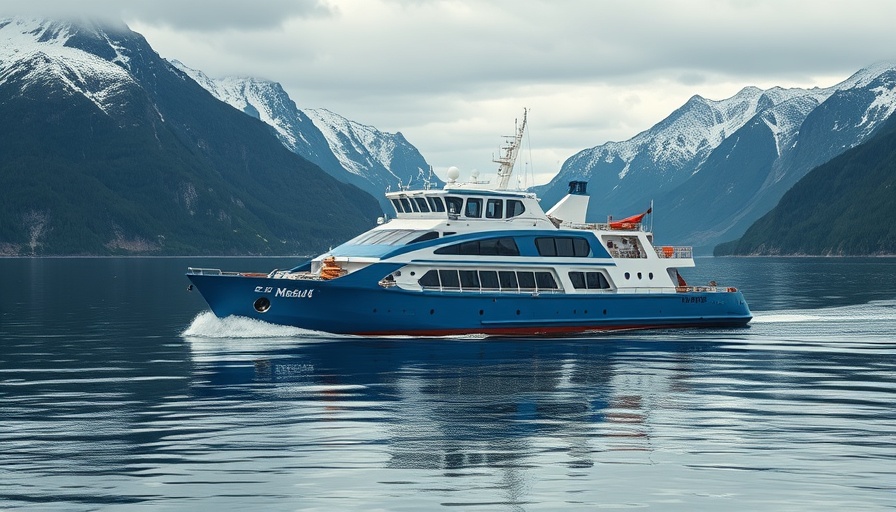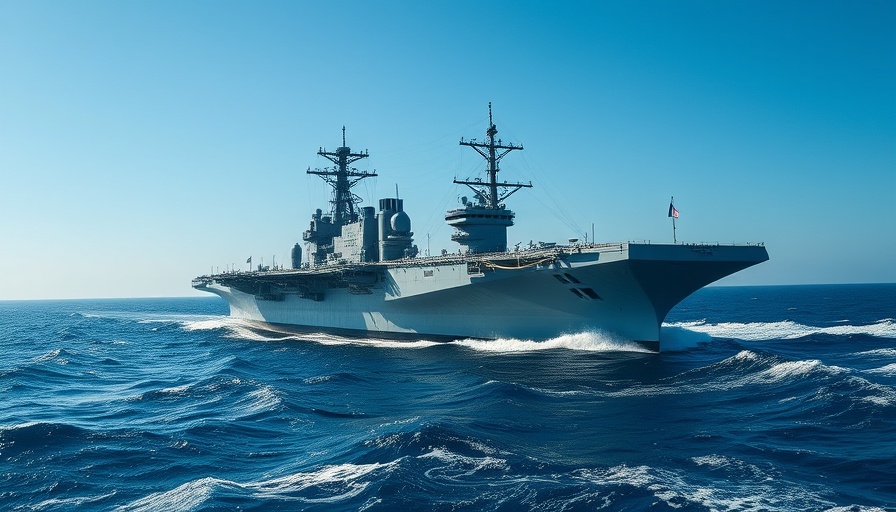
Wärtsilä's Revolutionary Electric Propulsion System: A Game Changer for Ferries
As the global maritime industry increasingly embraces green technologies, Wärtsilä has stepped into the spotlight, demonstrating their commitment to sustainability and innovation with their latest project. The Finnish technology group has been chosen to supply a groundbreaking electric propulsion system for two high-speed catamaran ferries being constructed for Denmark’s Molslinjen.
Building the Future: Electric Ferries Set to Transform Danish Waters
Sailing out of Incat's shipyard in Tasmania, these electric vessels represent more than just new modes of transportation; they stand as symbols of progress in a maritime industry ripe for decarbonization. With each ferry measuring 129 meters in length and 30.5 meters in width, they will accommodate 1,483 passengers and 500 cars—an increase of over 25% in capacity for the busy Kattegat route.
The anticipated entry of these ferries into service during 2027 and 2028 marks a critical milestone not just for Molslinjen but also for Denmark’s environmental goals. The CEO of Molslinjen, Kristian Durhuus, stated that this initiative will significantly reduce carbon emissions, removing thousands of tons of CO₂ from the atmosphere every year. It’s a bold leap towards a greener transportation sector.
Decarbonization of the Marine Industry: A Collective Effort
But this project goes beyond the capabilities of Wärtsilä’s innovative battery electric system. It highlights a crucial collaboration between various stakeholders—including shipbuilders like Incat and marine technology providers. Roger Holm, President of Wärtsilä Marine, emphasized the shared vision of accelerating the industry’s transition towards net-zero emissions. This partnership not only showcases individual ingenuity but also collective commitment towards combating climate change.
A Glimpse into the Technology: What’s Under the Hull?
The electric propulsion system integrated into these vessels comprises numerous advanced components designed for optimal efficiency. Wärtsilä will provide the complete electric propulsion system including eight electric motors, waterjets, and an intelligent energy management system. This architecture not only ensures smooth navigation but also allows for effective monitoring and control over energy consumption.
The operational benefits extend beyond sheer performance. With battery-electric systems and an advanced DC power conversion system, these ferries provide potential cost savings and efficiency that traditional diesel engines simply cannot match.
Future Outlook: More Than Just Ferries
As this industry continues to wrestle with new technologies, the ripple effects of initiatives like this one can be profound. According to maritime experts, the successful deployment of electric ferries may set a precedent for other sectors within the maritime industry, catalyzing further innovation in hybrid drives and renewable energy applications across the globe.
By 2030, it’s expected that electric propulsion will become a standard feature in various types of vessels, beyond just ferries. The strategic importance of this transformation cannot be understated as competition heightens within the maritime industry and sustainability becomes a priority.
Conclusion: Embracing Electric Futures
Wärtsilä’s advancement with Molslinjen’s electric ferries stands as an impressive case study of how technology can facilitate a greener future. The industry faces significant challenges ahead, from regulatory pressures to consumer demand for environmentally-friendly practices. By embracing electric technologies, stakeholders can reshape not only the maritime landscape of Denmark but potentially inspire maritime operations worldwide.
 Add Row
Add Row  Add
Add 




Write A Comment